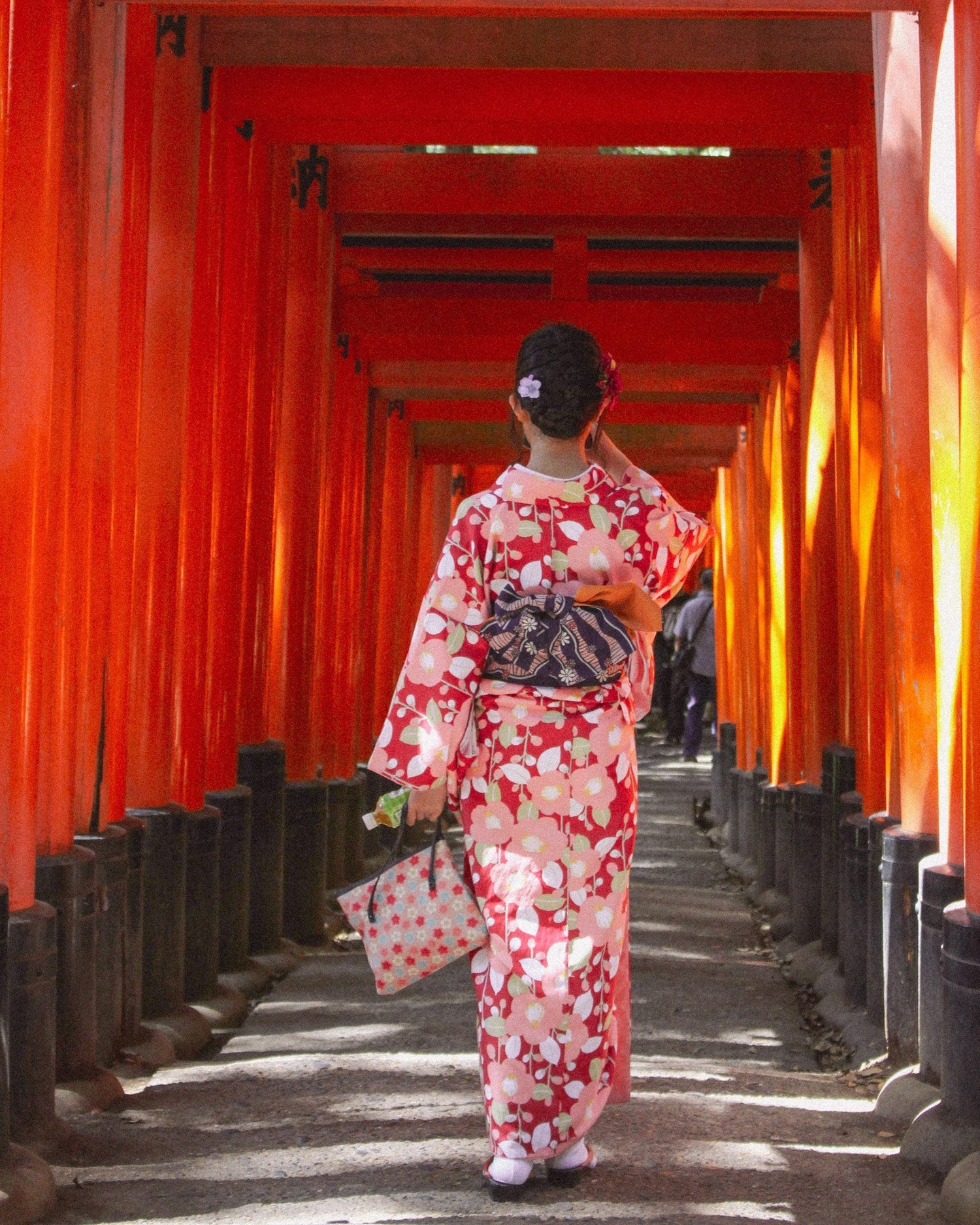August is an extremely important month for millions of Japanese people, and indeed for millions of Buddhists and followers of the faith all over the world. It’s during this month that Obon, an annual religious festival, takes place – and it is celebrated hugely in Japan at the peak of summer.
Whether you are already planning to explore Japan or are thinking about heading out East for the first time this summer, it always pays to have an eSIM so you’re always connected amid the festivities.
Before we dive into why no trip to Japan should be complete without an eSIM, let’s explore the concept and celebrations around Obon in a little more detail.
What is Obon?
According to Japan-Guide, Obon is a Buddhist festival celebrated every year to commemorate the returning spirits of our ancestors. To help guide loved ones who have passed away return to Earth, many Buddhists light floating lanterns and hang lights outside their homes, while others offer food and dances in honour of ancestors making their way back to us.
Traditionally, Obon is written as お盆, and interestingly, there are two key times of year during which the festival is observed. This is all down to whether or not you observe the solar or lunar calendar.
This all stems from the fact that Obon takes place in the middle, or on the 15th day, of the seventh month every year. When observing the solar calendar (which many of us are accustomed to in the West), that would make the celebrations fall in mid-July. However, those who observe the lunar calendar would instead observe it in mid-August.
Interestingly, Japan observes the Gregorian calendar, and has done so since the late 19th century. However, there are many areas of the country where the Lunar New Year is observed, and where Obon, naturally, would fall in mid-August.
Obon is also frequently known as the Japanese Festival of the Dead, largely because it’s a chance for living people to offer gratitude to those who have passed on before them. That doesn’t necessarily mean honouring people who have recently died, either. Some observers choose to honour people who have passed away centuries ago!
Activities to Expect During Obon
As mentioned, the lighting and display of lanterns, whether outside of homes or on floats across rivers and lakes, is one of the most popular traditions people undertake to observe Obon in Japan. However, it is also a sombre time as much as it is a celebratory one, as many Japanese and Buddhist families choose to visit cemeteries and grave sites to give their respects to those who have died.
It’s also not unheard of for people to take time to tend to grave sites as part of Obon. For example, they might choose to adorn graves with fresh flowers, tidy up headstones, or even build new shrines.
Obon isn’t just celebrated in Japan. Japanese people and Buddhists all over the world observe the occasion, whether in July or August, to give thanks to those loved ones they have lost. However, when you head to Japan during the summer, you will very likely get caught up in the Obon celebrations.
If you do, it’s wise to treat the occasion with respect. While you may not have family to visit in Japan when you visit, you can still join public events, perhaps by lighting and placing lanterns of your own. There are also likely to be plenty of public dance displays to watch. You might want to watch out for Bon Odori, or Bon dances, where people come together in circles and dance to traditional music.
Ultimately, Obon is a time for the community, to come together and share gratitude for what many of us take for granted. That’s something we should all take time for in our daily lives, and Obon gives us a great opportunity to kick-start some self-reflection.
Preparing for Your Trip to Japan During Obon
Regardless of whether you are travelling to Japan for Obon or are visiting for any other reason, there are always a few things you should prioritise when packing and planning. Naturally, you’ll need to remember your passport and to take enough clothes, money, and toiletries to last your stay – but what about internet data?
“What about it,” you might ask – well, although you probably won’t find connecting to a WiFi hotspot in Japan particularly taxing, public WiFi is notorious for being pretty insecure – meaning that every time you want to access your socials or get in touch with someone through instant messaging, you’re risking your privacy and leaking sensitive data.
Not only that, but you can’t always be guaranteed that you’ll get the best speeds from public WiFi. On top of that, you might even think that sticking to your usual SIM card and plan will be enough to protect you and keep connectivity speedy.
However, you’re likely to face high bills and big shocks if you just load up any old SIM without due care. Using an eSIM for Japan – which just means buying the data you need and installing a digital SIM to your phone or tablet in advance – ensures you’ve always got access to safe, speedy, local data – and you’re in control of what you’re spending.
Our standard eSIM for Japan connects you to NTT docomo at speeds of up to 4G – and you can even tether your data so that you can share it with other devices, like family laptops or tablets.
And, if you’re likely to be sharing lots of stories and videos while you’re exploring Obon, you might want to consider our unlimited Japan eSIMs, which give you up to 2GB per day fair usage for up to two weeks – resetting every 24 hours.
Obon is a wonderful celebration of life that’s truly memorable and magical to behold – and, of course, there are plenty of other great reasons to explore Japan, too. Why not take a trip this August (and load up a SIMOVO eSIM before you go)?











Leave a comment
This site is protected by hCaptcha and the hCaptcha Privacy Policy and Terms of Service apply.